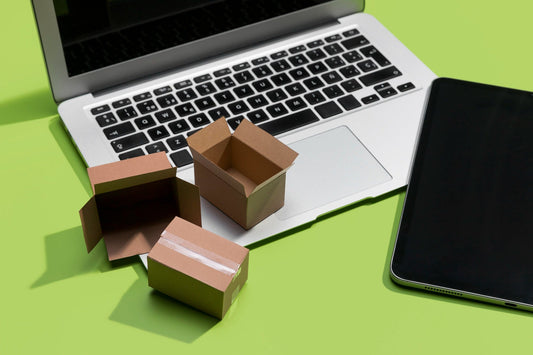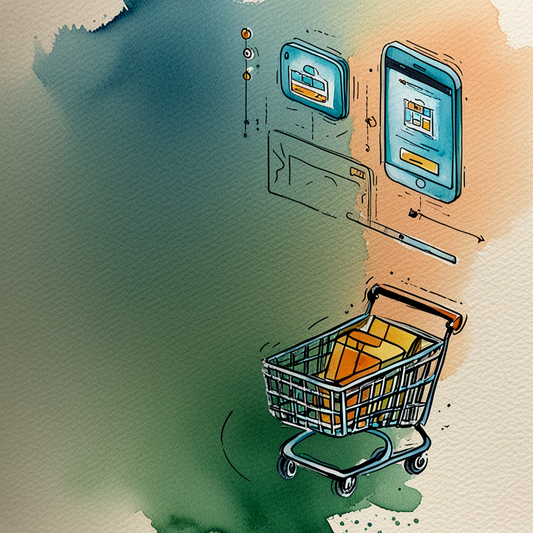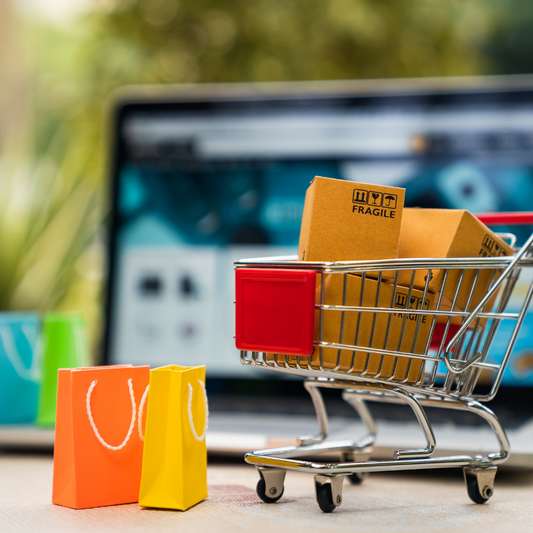COVID-19 Shopper Behaviour shifts
Share
Consumers around the world have had a turbulent 2020 year in how their needs and priorities have changed from panic buying toilet paper to now, spending time and resources in gardening (as an example) due to lockdowns. It has been a mad year, where nothing has been routine when it comes to Shopping.
Influx of Online Shopping demand
With the Shops having to close their doors due to shutdowns around the world, some online stores have been able to keep supply going during the pandemic all the while adhering to social distancing rules to keep everyone safe from COVID-19. While this initial jolt in the markets hit, it affected 2 major behavioural changes: 1. Shops realised they needed to diversify their brick and mortar to online channels to survive. 2. Demand sharply rose to online shopping to minimise the risk of catching COVID-19. With both supply and demand shifting to online purchasing – eCommerce overall took a massive boost all the while expecting to retain this level of activity and continue to grow in this area.
Pre-Pandemic Shopping behaviour

Many sectors have shifted online on their goods in the above categories, especially “Toys & Games” down to “Arts & Entertainment”. However, while the shifts have occurred, the demand of the various goods that were habitual in demand were more pronounced in the Health and Beauty due to demand in masks/PPE and sanitizer type products.
Lockdown Patterns
After the initial shock of the “lockdowns” and closures of businesses where panic buying took place on food supplies, health/toilet paper and Guns/Ammunition which was taught to us by Zombie-type gaming and movies – the eventual panic eased off and a hunker-down mode set in where families started to increase their savings and watched their spending as government policies that support Furloughs and business incentives to keep employees paid to work at home or stay at home endures. There is a real expectation that after the furlough scheme ends, a jump in unemployment from businesses going insolvent, or almost failed businesses that need restructuring that helped employees best they could would get laid off. This means bare essentials have been the focus of most families, with some spending in the Home and Garden department to pass their time while the COVID-19 passes over.
Shifts in product demands
Most families are going to hold off in buying the next new car, or buy a new home. The relationship between consumer confidence and banks are at new lows given the security of the job being held, lending money and the state of the large-purchase industry. The Automobile industry is in tatters at the moment with government regulation pushing for electric cars to replace fuel-based counterparts to exit the market by 2035 or even before. As of today, these goals are becoming unrealistic for most middle class families, all the while major metropolitan councils have been investing in bicycle paths during the pandemic – is this encouraging families to shop online, you don’t need a car, and just cycle to work?
Maybe the future is seen by the Elites that the middle class will have to do with less, and only the upper class can afford an electric vehicle. Either way, signals by the government is worrying that what is being called “the new normal” is a major shift in a push to living “green” while taking advantage of the COVID-19 shutdown.
Priority Shifts
According to the survey by Bazaarvoice, pre-COVID-19 priorities were Quality (48%), Price (47%) and Brand (24%) where post-COVID-19 priorities are Availability (49%), Price (36%) and Quality (34%). This shifts reflects the shortages and inability to reach products due to lockdowns – with 30% saying that they obtained the goods needed with ease.
Conclusion
While the COVID-19 pandemic uses fear of death, the need for government to support you in your time of need, the use of news and social media to shape your views on the world, it is becoming increasingly clear that the world is not coming back to where it began in 2020. If people shop less by travel, then cars won’t be needed as much. If eCommerce is being used to get the goods you need, then deliveries will be more regulated all the while obtaining the goals of driving a greener planet. One cannot tell if this will work, however, one thing is for sure – eCommerce is the way forward – it seems the world leaders are all pushing in that direction.



